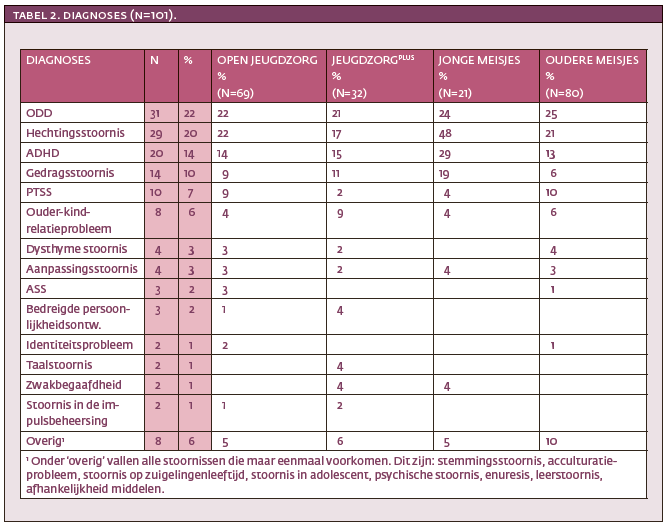Mirjam is een zestienjarige, gemiddeld intelligente adolescente, wanneer ze eind 2013 wordt herplaatst binnen Jeugdzorgplus. Ze is de oudste van twee kinderen, opgegroeid in een volledig gezin. Haar broertje is bekend met een ontwikkelingsstoornis in combinatie met zeer opstandig gedrag. Ouders zijn getrouwd, maar de onderlinge relatie kent een langdurig patroon van elkaar aan trekken en afstoten. Wat betreft de opvoeding tonen ouders zich verschillend en wisselend in beschikbaarheid en responsiviteit naar de kinderen. Over de vroege ontwikkeling van Mirjam is bij aanvang van opname niets bekend dan wel gerapporteerd.
Het is 2010 als haar ouders om hulp vragen. De jaren hiervoor doen vermoeden dat eventuele problemen voor ouders hanteerbaar zijn geweest of dat de problematiek onvoldoende is gezien vanwege de zorg en aandacht voor Mirjams broertje. Sinds 2010 maakt Mirjam een zeer moeizame en zorgelijke ontwikkeling door. Ze laat in toenemende mate een spannings- en aandachtbehoefte zien. Volgens Mirjam ter compensatie van de situatie thuis. Het





